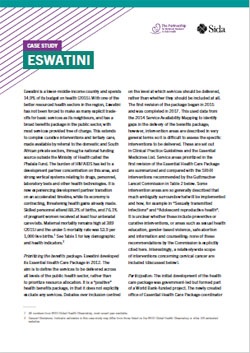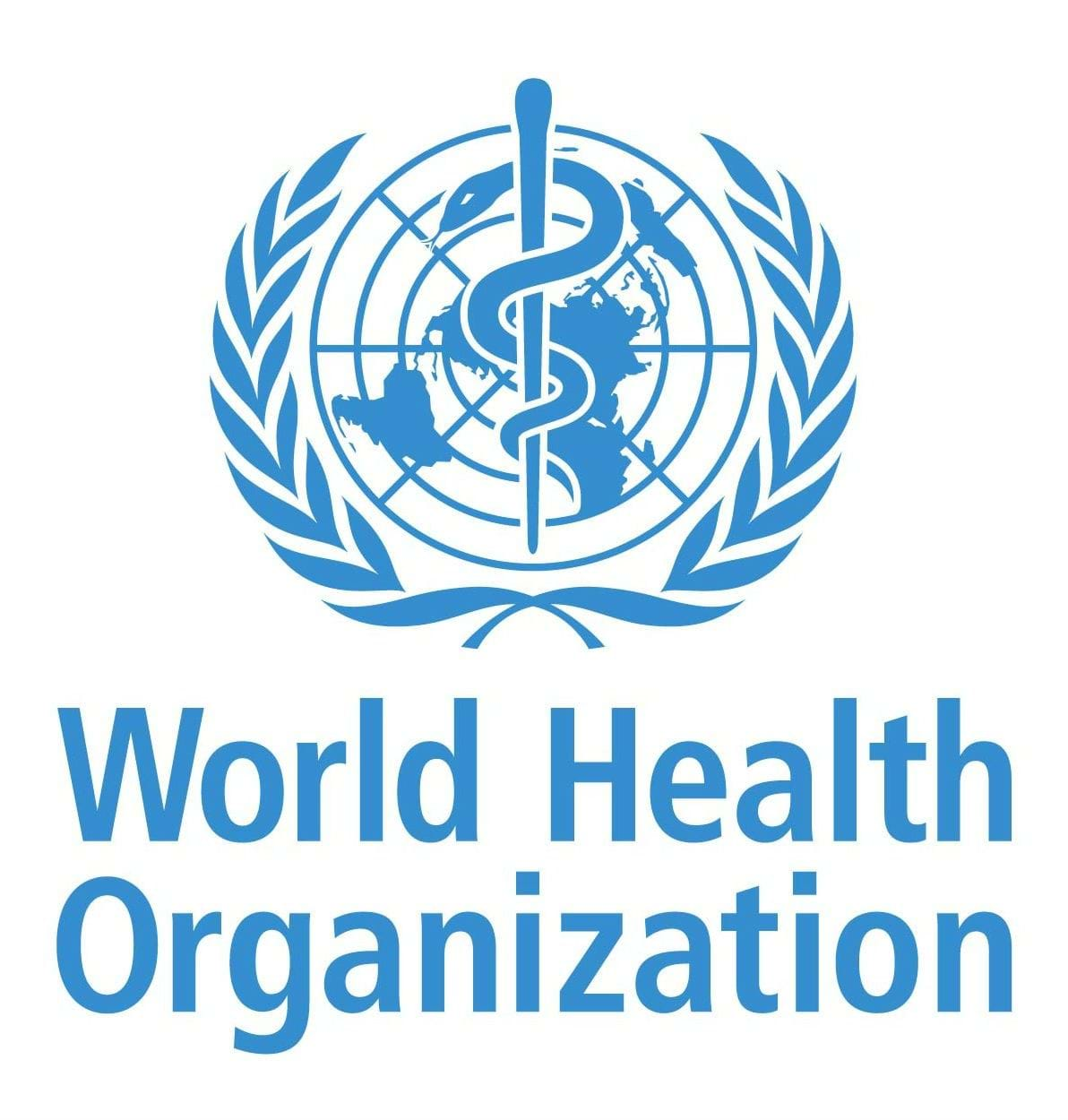Case study: Eswatini
22 October 2019
| Meeting report

Overview
Eswatini is a lower-middle-income country and spends 14.9% of its budget on health (2015). With one of the better resourced health sectors in the region, Eswatini has not been forced to make as many explicit tradeoffs for basic services as its neighbours, and has a broad benefits package in the public sector, with most services provided free of charge. This extends to complex curative interventions and tertiary care, made available by referral to the domestic and South African private sectors, through a national funding source outside the Ministry of Health called the Phalala Fund. The burden of HIV/AIDS has led to a development partner concentration on this area, and strong vertical systems relating to drugs, personnel, laboratory tests and other health technologies. It is now experiencing development partner transition on an accelerated timeline, while its economy is contracting, threatening health gains already made. Skilled personnel attend 88.3% of births, and 76.1% of pregnant women received at least four antenatal care visits.
Number of pages
4

.png?sfvrsn=6d0e27cd_1)



